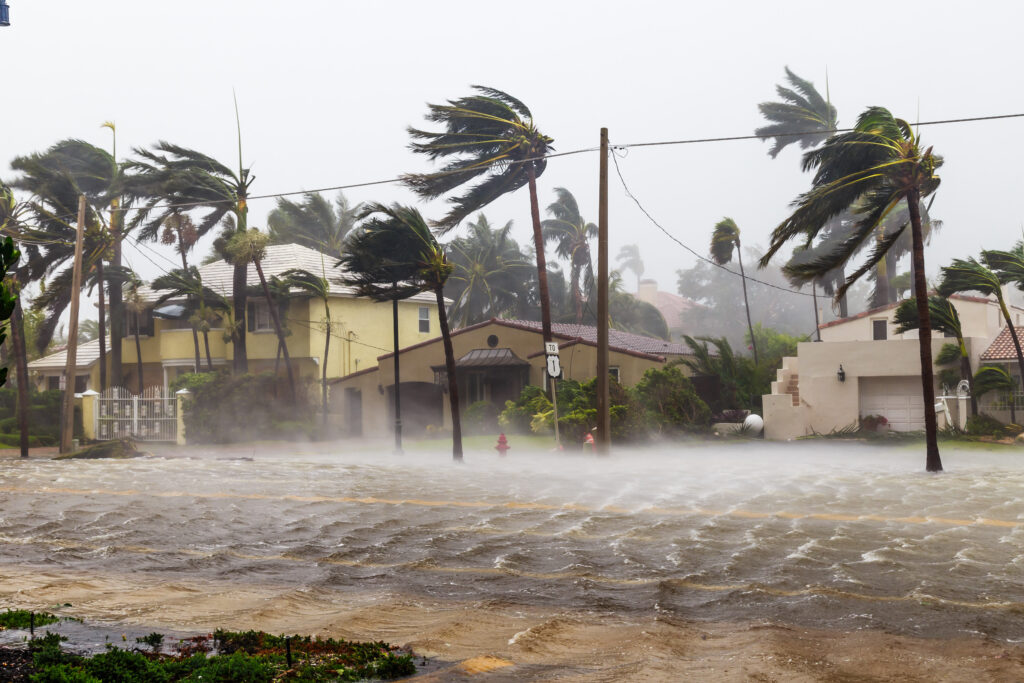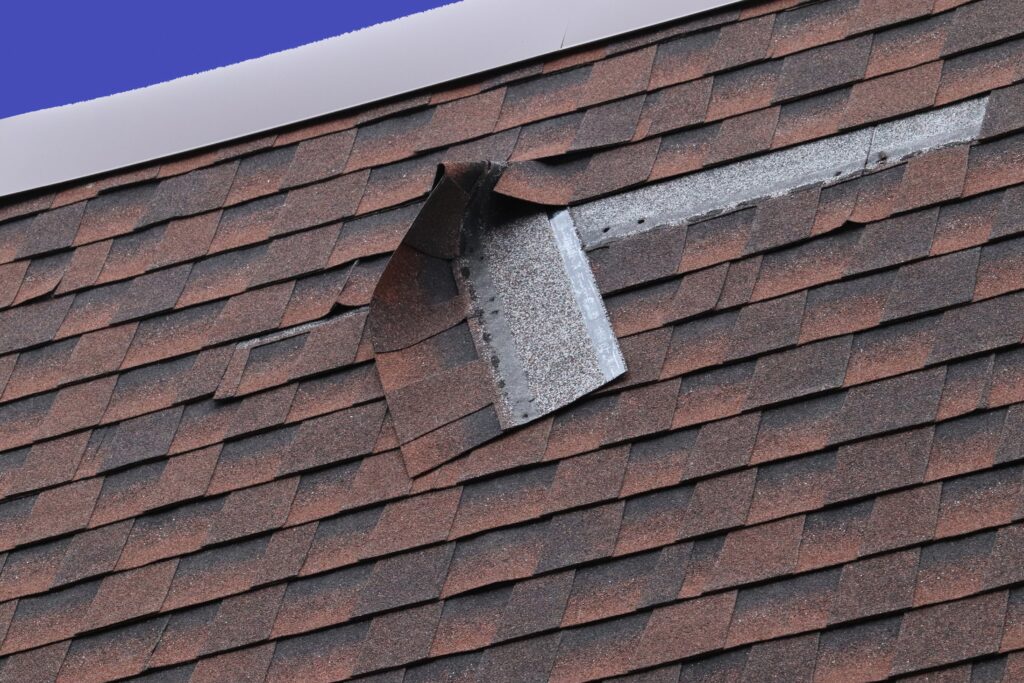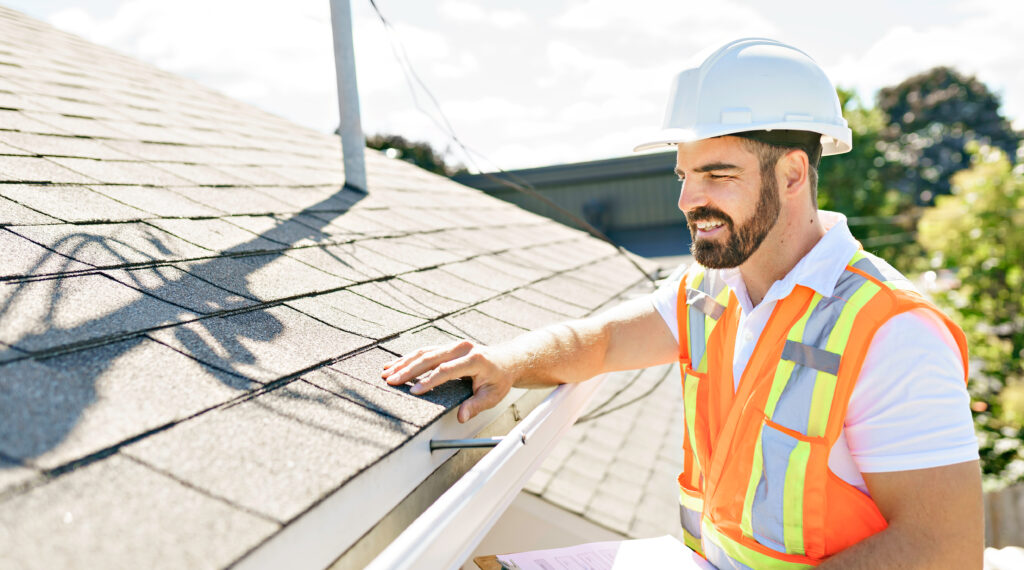The roof is one of the most essential parts of the home, and its location at the top makes it highly susceptible to damage from outdoor elements. Wind damage to the roof is one of the most common issues you might face as a homeowner, especially if you experience a lot of high winds in your area.
If you’re in South Dakota and your roof has been affected by the wind, you need to contact roofing companies like Paramount Exteriors to help you get it fixed.
How Does Wind Roof Damage Occur?
Roof wind damage occurs when high winds blow or lift tiles, shingles, or other roofing accessories of your house. The wind can even be strong enough to lift the entire roof.
Roof wind damage is a common situation in areas that tend to experience severe weather conditions like tornadoes, hurricanes, and even thunderstorms.

While the wind is usually the culprit behind most roof damage, sometimes, it could be the debris or other items thrown against your house during a storm that affects your roof the most.
Roof damage hardly occurs uniformly across the roof; more damage occurs around the roof’s perimeter and corners than at the center. This is because the edges are more exposed to higher wind pressures. If you have a loose roofing material, wind can get under it and push it up.
Overall, roof damage can cause other issues like leaks and water damage, especially if you don’t fix it on time. This is why you need to know how to identify wind damage on the roof.
How to Identify Wind Damage to Your Roof
Wind damage can be so subtle that you may not notice something’s wrong with your roof until much later. Other times, it can be so severe that you can spot it from anywhere.
Either way, these are some telltale signs that your roof has been affected by the wind.
Bent or Flipped Shingles
Sometimes, high winds can get under shingles and force them to bend back. The wind can also remove the nails forcefully and cause the shingles to lift. So, if you notice this roofing material making some flapping sounds even when there’s no wind, that’s your cue to inspect the roof for possible wind damage.
It’s important to immediately fix bent or flipped shingles because they can expose your home to leaks.
Curling or Lifted Shingles

Shingles should sit pretty on your roof in nice straight rows, but wind damage can cause them to shift out of their positions and make them look curled, lifted, or upturned. It’s easy to spot this issue because affected shingles usually look out of place on the roof.
Missing Shingles
Besides dealing with flipped or lifted shingles, you may have missing shingles on your hands. In this case, the wind has outrightly blown off this shingle. This is another roof wind damage that’s easy to spot.
Water Leakage
Water stains on your ceilings can also indicate that something broke its watertight seal. Water leaks can lead to mold growth, so you need to fix this immediately.
However, before a professional comes around to inspect and fix the roof, you should place a bucket below the roof leak or tarp the roof if you can. This should prevent further water damage that you might be held responsible for should you file an insurance claim.
How to Inspect Your Roof for Wind Damage
After a heavy wind or a similar weather event, you first need to check your surroundings for possible wind damage. These are some of the things you can do to check for roof damage.
1. Carry Out an Outdoor Inspection

One of the first things you must watch out for is missing or damaged shingles. If the wind damage only covers a tiny portion of the roof, then a simple fix would work. However, if a large part of the roof has been affected by the wind, then replacing the entire roof may be more cost-effective than trying to repair it.
While inspecting your roof for wind damage, these are other areas you need to check out as well:
Chimney
An affected chimney can lead to cracked joints, loose or missing flashing, and even cracked or missing bricks. Chimney flashing is susceptible to tearing since chimneys settle independently of the house.
Flashing
Metal flashing works to seal your roof joints and make them watertight. It usually connects a chimney to the roof, but you can also find it around skylights or any other place that requires joining on the roof.
While searching for roof damage in these areas, check out for tears or penetrations in the flashing, as well as buckled areas around the roof.
Soffits and Fascia
Soffits and fascia are responsible for sealing your roof edges and protecting your interior. They’re usually located on the edge, which exposes them to much damage.
While checking for damage in these areas, see if you can detect signs of water getting into the roof. The symptoms may be stained spots or even signs of decay. Also, check for clogs in the soffit and ridge vents.
Gutters
If you notice leaky seams, as well as bends, rusts, clogs, and loose attachments, you have a damaged gutter on your hands. The drain may also have some missing sections, all of which can affect the house if left unattended.
Flat Roof
Flat roofs are more challenging to check for damages unless you get up on them. The apparent signs of damage are tears, cracks, blisters, wrinkles, and missing patches. If you can access the attic, it’d be great to confirm that your interior roof has no damp areas or water leaks.
2. Carry Out an Indoor Inspection
Once you’ve taken note of the situation outside, it’s time to go inside. Your first point of contact should be the ceilings and walls. Check for moisture marks—yellow, gray, or brown stains—on these places.
You should also inspect the attic for dampness along the rafters or leaks as well. Plus, a sudden spike in energy cost for no reason might be a warning that your roof ventilation system is faulty.
As roof ventilation maintains a steady temperature in the attic, it reduces the demand for heating and cooling systems and helps you save energy costs. However, when the roof ventilation system becomes faulty due to wind roof damage, the HVAC system will be forced to work overtime and increase your energy bill.
To avoid this, you have to confirm that the wind hasn’t affected the ventilation system in any way.
3. Contact a Professional
After confirming that there’s roof damage, your next action is to get it fixed. You should try to do this as soon as possible because waiting may be detrimental to the state of your roof and your entire house. This is why you need a professional to help you check how much damage the wind has caused and fix things.
Final Thoughts
To know whether your roof has been affected by the wind, you need to check out for telltale signs like broken or missing shingles, as well as water leakage in key areas in and around the roof. It’s better to identify the issue early and contact a roofing company to help you fix things. Companies like Paramount Exteriors have all the experience to restore your roof to the perfect pre-storm condition.
